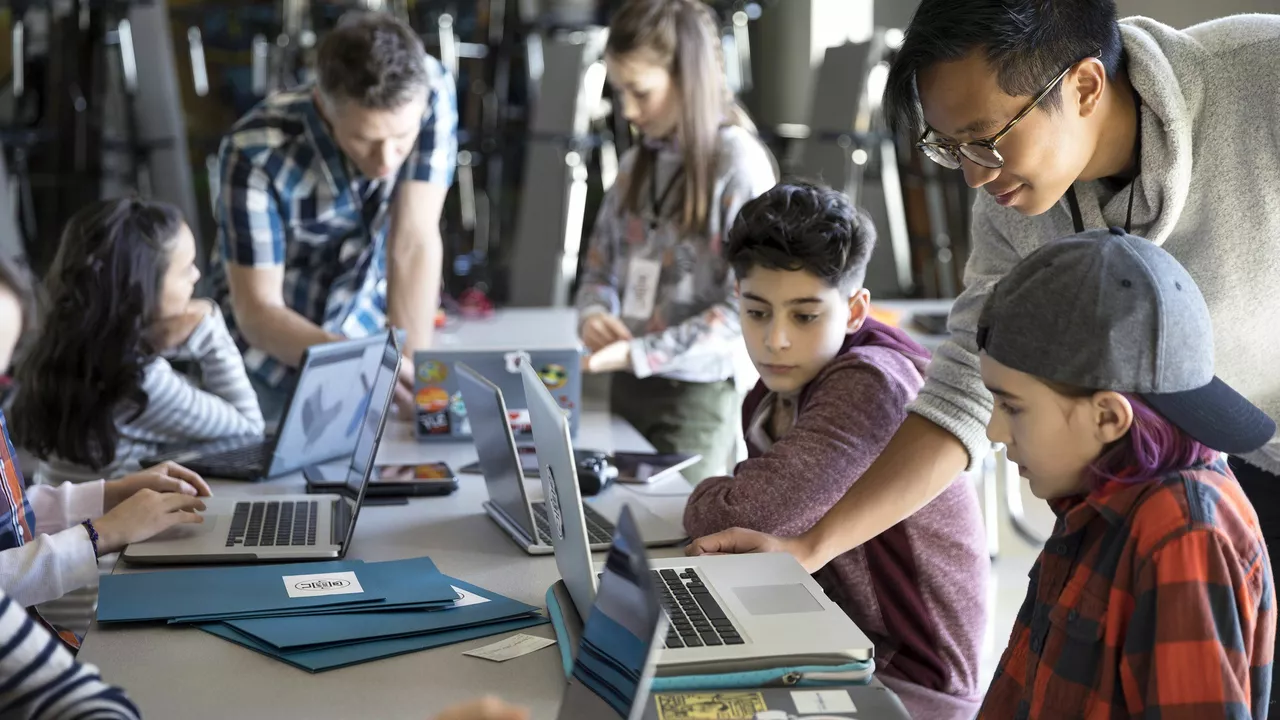Classroom Incorporation Made Easy: Mobile Tech Tips for Teachers
Ever wondered how a phone or tablet can actually help students learn better? You don’t need a fancy lab or a big budget. Most classrooms already have smartphones, and many schools provide tablets. The trick is using them in ways that fit your lesson, not just letting kids scroll social media.
First, think about what you want to achieve. Do you need students to research a topic quickly? Want them to collaborate on a project? Or maybe you’re looking for a way to make a math problem more visual. Once the goal is clear, pick a tool that matches. A quick Google search, a quiz app, or a video sharing platform can turn a plain lecture into an interactive session.
Why Mobile Devices Matter in Class
Mobile devices bring three big benefits. They’re portable, so learning can happen anywhere in the room. They’re personal, meaning each student can work at their own speed. And they’re connected, giving instant access to up‑to‑date information.
Research shows that when students use phones to look up facts during a lesson, they retain more than when the teacher simply tells them. The act of searching forces them to think about what they need and why. Plus, apps that turn quizzes into games keep attention high and make review fun.
Simple Ways to Start Incorporating
1. Quick polls. Use free polling apps to ask a question at the start of class. Show the results live and let the answers drive the discussion. It’s a fast way to gauge understanding.
2. QR code resources. Create a QR code that links to a video, article, or PDF. Print it on the board and let students scan it with their phones. No need to type long URLs.
3. Collaborative notes. Platforms like Google Docs let the whole class type notes together in real time. Everyone can see changes, add ideas, and correct mistakes on the spot.
4. Mobile‑first assignments. Design a task that requires a photo, a short audio clip, or a quick screen capture. For example, ask students to record a short interview about a science experiment.
5. Flip the classroom. Record a short lesson video and share it via a mobile‑friendly link. Students watch at home, then class time is spent on activities, problem solving, and discussion.
Start small. Pick one of these ideas and try it in a single lesson. Notice how students respond, adjust the method, and then add another tip the next week. The goal isn’t to replace traditional teaching, but to give it a boost with tools students already have.
Remember to set clear rules about device use. A simple agreement—phones only for the activity, no texting—keeps the focus on learning. When students see that tech is trusted, they’re more likely to use it responsibly.
By weaving mobile devices into everyday lessons, you turn a regular classroom into a dynamic learning hub. It doesn’t require a big rollout, just a few thoughtful steps. Give it a try and watch how engagement climbs, questions become deeper, and learning feels more real.

How to incorporate educational technology in your classroom?
Incorporating educational technology in the classroom can be a game changer, enhancing both teaching and learning experiences. It's crucial to begin by identifying the needs of your students and the goals of your curriculum. You can then select appropriate digital tools like interactive whiteboards, tablets, or education apps that promote engagement and active learning. Training and support are essential for both teachers and students to effectively use these technologies. Lastly, remember to constantly evaluate and adapt your approach to ensure it remains effective and relevant.